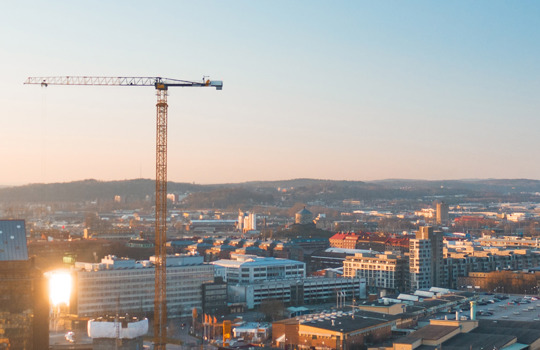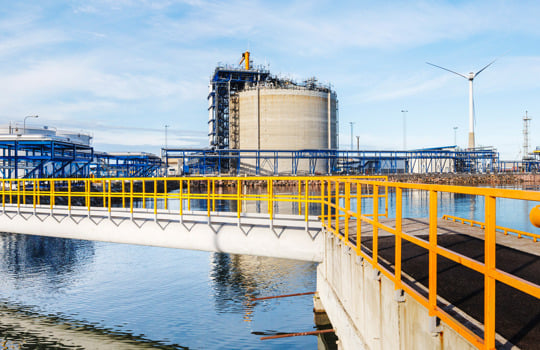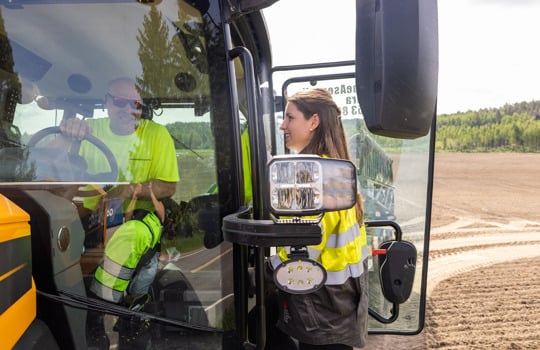The circular economy – Transforming waste into energy
Circular economy allows companies and people to transform their waste into a resource that can be used to produce, for example, biogas. For companies it is a way to lower their emissions and reduce pollution, but it also creates a business opportunity as consumers and customers grow more conscious.
The circular economy is a model of production and consumption that is based on recycling and reusing materials as long as possible. In brief, it enables turning our waste into a resource.
This is also how biogas production works. Biogas is a 100% renewable fuel produced entirely from organic waste such as household biowaste, sludge, and industry side streams. In addition to biogas, the process produces recycled fertilisers for both industry and agriculture.
“The circular economy is a beautiful concept. Basically, at its finest, a company can run its production with biogas produced from its own waste, and many of our customers do just that,” says Gasum’s Sales Manager Matti Ojanpää.
Gasum aims to bring 7 terawatt hours (TWh) of renewable gas per year to the market by 2027. This will make it possible to reach a cumulative carbon dioxide saving of 1.8 million tons for our customers.
Food industry, retail, and forestry leading the way
One of Finland’s leading food companies, Fazer, is a good example of a company utilising biogas’ circular economy capabilities to the fullest. It uses biogas in a plant that manufactures its plant-based Aito-product line.
The biogas is produced by Gasum from the biodegradable sludges remaining from the production of Fazer Aito oat drink. In addition to biogas, the sludge is also produced into a fertiliser that is spread onto fields where oats are grown.
The world-known brand IKEA is also utilising its waste through the circular economy in biogas production. IKEA’s stores in Finland are collaborating with Gasum to produce biogas from their restaurants' food waste.
The circle comes to a close as Gasum has built several gas-filling stations in conjuction with IKEA stores. This way the biogas produced from IKEA’s waste becomes energyfor their customers driving gas-powered vehicles.
In Sweden, Stora Enso is utilising its wastewater effluent from it’s pulp and paper mill in Nymölla to produce biogas in Gasum’s on-site biogas plant. This both offers Gasum a new feedstock and immediately reduces the pollutants that need to be handled in Stora Enso’s wastewater treatment plant in Nymölla.
Consumers and customers demand for sustainability growing
Joining the cycle of the circular economy is an excellent way to reduce a company’s emissions and pollution but it also creates business opportunities. As the world progresses towards a carbon-free future, consumers are growing more conscious when it comes to sustainability. As a result, the demand for sustainable and circular products and services is increasing.
Concrete actions like utilising the circular economy by using biogas are ways to inspire consumers and demonstrate that the company values sustainability also in practice. For example Fazer wants to talk openly about it’s sustainability actions and also about biogas and circular economy.
“Biogas is one of the big factors on the responsibility front. It is important not just for us but also for consumers, our customers, and our image,” says Susanna Kallio, Brand and Category Director at Fazer.
The growing interest in sustainability has shown also in companies overall interest in biogas. For this reason Gasum is currently investing heavily on its biogas production by, for example, building five new biogas plants in Sweden. The plants will utilise a potential but less used feedstock, manure.



